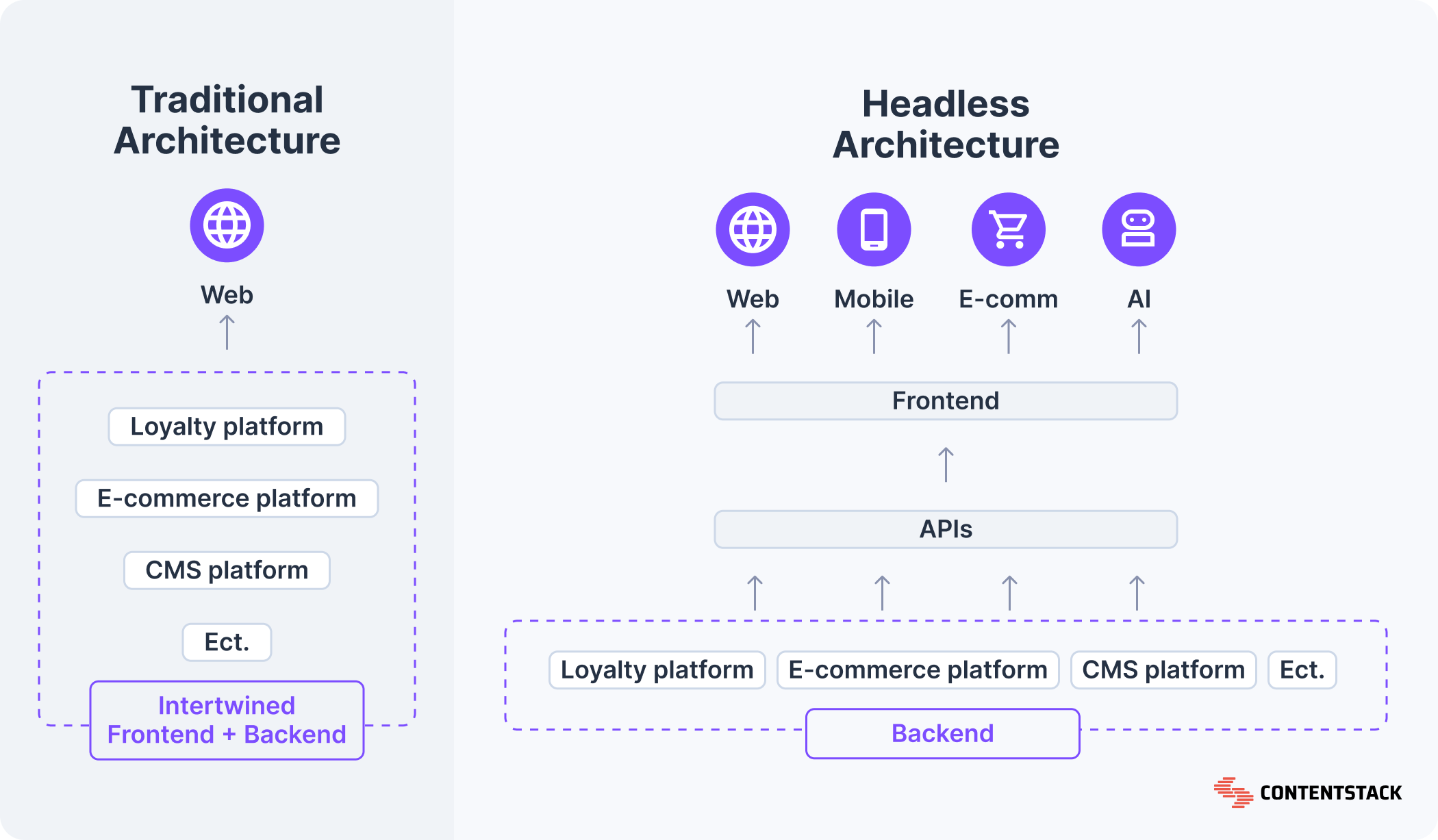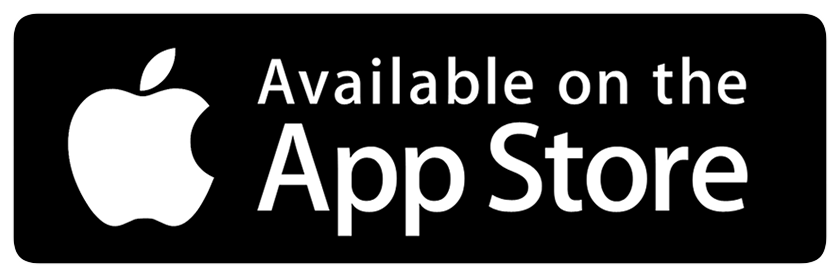The digital transformation of financial services has driven a seismic shift to the cloud. For...
Building an effective team is essential for for a thriving and successful business, and thankfully it's something that Kitces in their latest report has examined in detail. In their recently released 2024 Vol. 2 report, the team examined the implementation of different team structures, tools, fee models and software systems all with the goal of figuring out the factors associated with higher revenue generating teams. This post examines some of the key takeaways on team sizes and role definitions as well as service offerings to identify how SideDrawer fits into the most effective team practices to improve revenue per team member.
The Power of the “1+2” Model
Research indicates that the most productive financial planning teams typically operate with one lead advisor supported by two staff members. This structure minimizes the "management tax" and the "shared-clients tax" often seen in larger, less focused teams. This insight lends itself well to the team that works most effectively is the one that scales the ultimate service provider as effectively as possible.

It's important to note that this approach doesn't just generate the most amount of revenue on a per advisor basis, but also on a per team member basis. How a team scales up from the 1+2 team structure is going to be an individual decision - do you add more advisors to an effective support team, scale the entire team or create a new '1+2 pod?'

Benefits of an Optimized Team Structure
Another key aspect that the Kitces report examined effectively and in detail were the tradeoffs and definitions of different service structures. We've included an overview of how these different categories were defined as well as key measurements, on an annual basis, of how to measure and identify what service category your practice likely falls into.

The key takeaway that we encourage you to consider is the quality of interactions and effective use of resources - personalized is wonderful and promotes positive experiences but it has a tradeoff in ability to scale. The adoption of standardization does not necessarily imply a decrease in quality in service as long as the standards are high and the catalogue to standard services is suitable to the client paying for it.
Personalized Low Touch
This model is designed for clients who require tailored advice without frequent interactions. The Kitces data indicates that while these advisors maintain strong relationships, the infrequent yet highly focused interactions allow them to manage larger client bases effectively.

Personalized High Touch
In this approach, advisors invest in frequent, customized engagements with clients who need in-depth support and frequent updates. The report suggests that personalized high touch can significantly enhance client loyalty and revenue per advisor, as it demonstrates a deep commitment to addressing individual client needs. However, the challenge lies in balancing the high time investment with operational efficiency.

Standardized High Touch
Here, advisors deliver a consistent service experience to all clients through structured touchpoints and scheduled meetings. The report notes that standardized high touch can reduce variability in service delivery and improve scalability. This model works particularly well for practices that aim to maintain a uniform quality of service while efficiently managing a large volume of clients.

How SideDrawer Enhances Team Efficiency
The key takeaway from a SideDrawer perspective is that we look at this pod model holistically. We have designed our system and our integrations with client feedback in mind that sees a clear difference between the different role types in mind. not just from the perspective of the service delivery but also from the service reception.

With the security of Advisors and the information they handle in mind, SideDrawer has role and access privileges specific to each different type of access. The integrations with CRMs (e.g. SalesForce) allows for the Lead Advisors to have a streamlined way to invoke workflows that require the attention and action of their Support Stuff, with the Client, to complete.
Key SideDrawer Features To Explore:
-
Streamlined Communication: SideDrawer centralizes communication between lead advisors and support staff, ensuring that everyone is on the same page. This reduces the need for excessive meetings and coordination efforts.
-
Automated Task Management: By automating administrative and scheduling tasks, SideDrawer frees up valuable time. Advisors can focus on client engagement rather than getting bogged down by internal processes.
-
Real-Time Data Sharing: With SideDrawer, teams have access to up-to-date information, enabling faster decision-making and smoother transitions when reassigning tasks or clients.
Conclusion
Integrating SideDrawer into your advisory practice not only supports the ideal “1+2” team model but also drives significant improvements in productivity and client service. Financial planners looking to optimize their operations can leverage SideDrawer to streamline processes, enhance communication, and ultimately boost revenue per advisor.
For more detailed insights on effective team structures, productivity benchmarks and other great insights, visit the Kitces website.





.png)